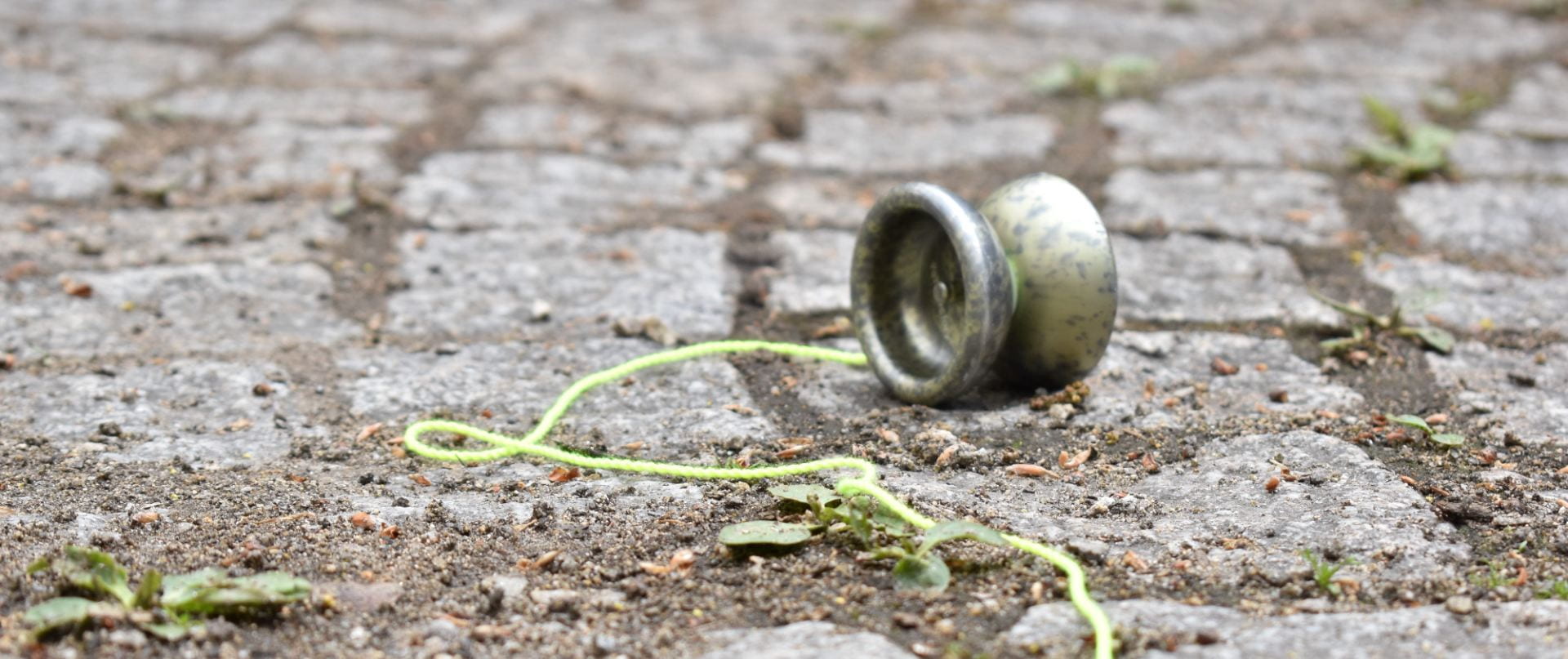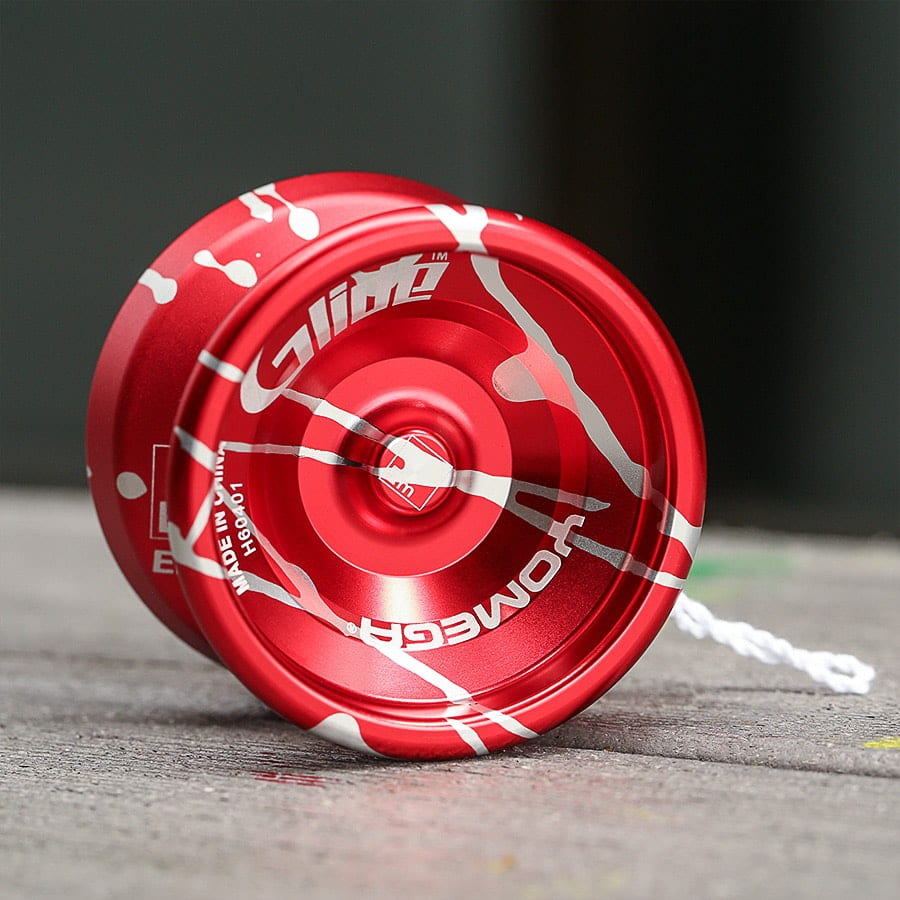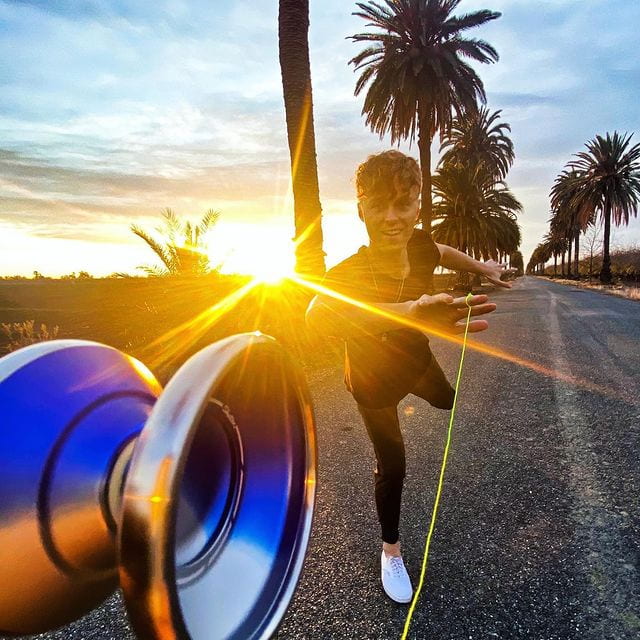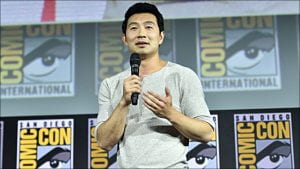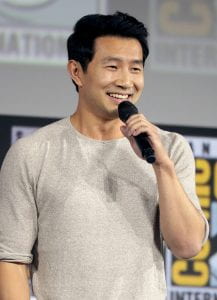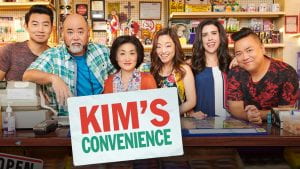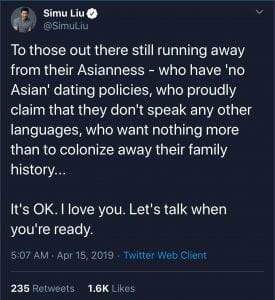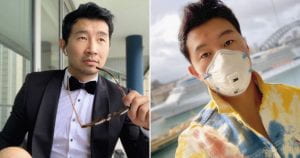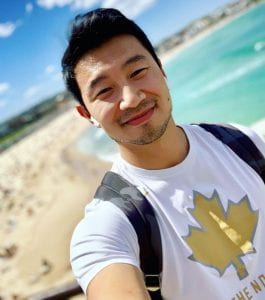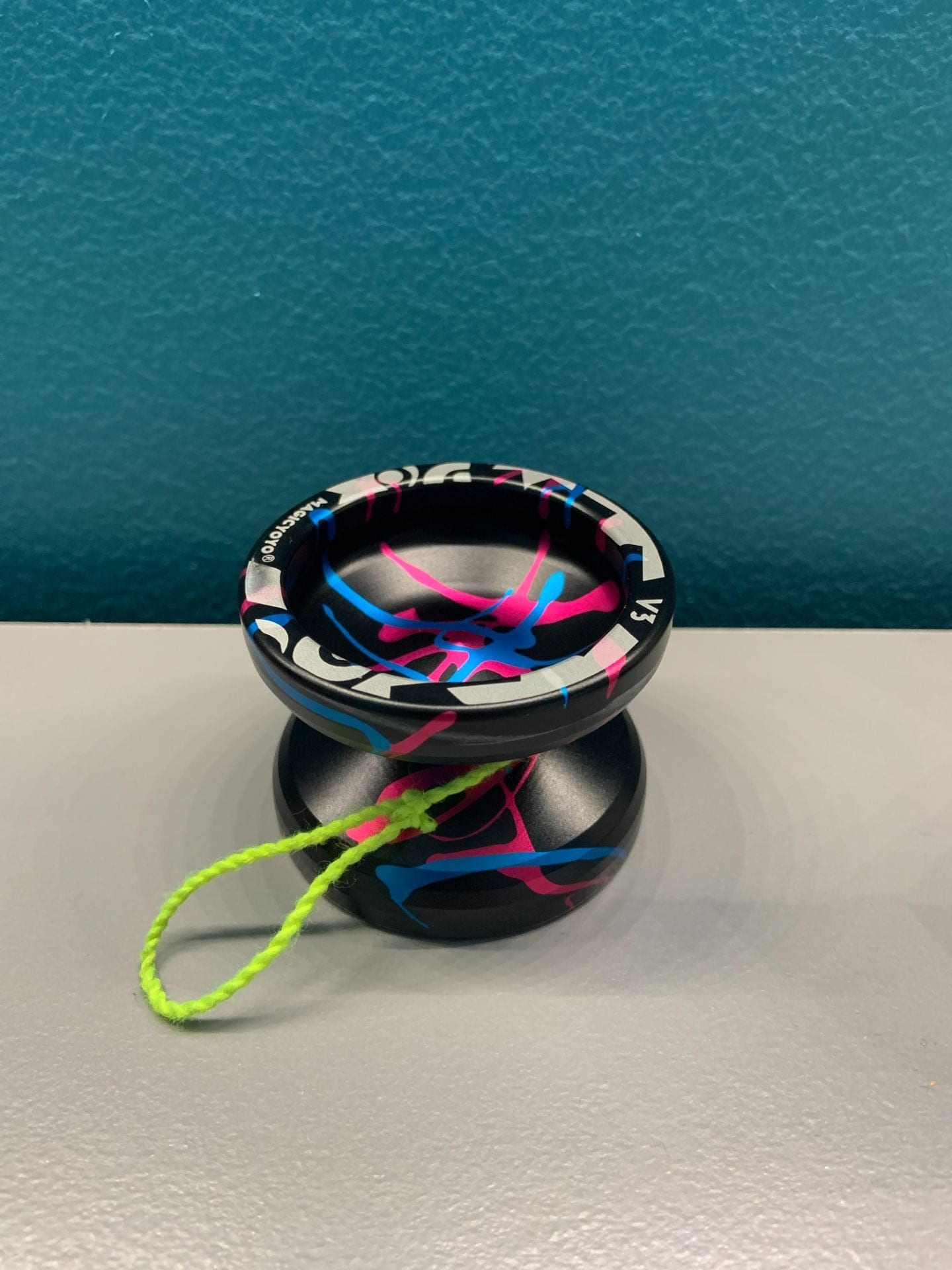
After two weeks, I’m back on track with my In-Depth. Around March 3rd, my brand new you came in the mail. Research and all that is great, but nowhere near as fun as having an actual yoyo. The yoyo also came in a kit with an extra string, both an unresponsive and responsive bearing, a removal tool, an extra thread, and a bag to carry the yoyo in.
With the new yoyo, there were two big things that I learned. The first was learning how to string, and size a new yoyo. My old yoyo string was actually sized wrong. the yoyo length should go from your bellybutton to the floor. This gives you just enough string to perform proper tricks. So I cut the string and tied a knot right at the proper length. I will admit it is easier to perform string tricks since I now have more string length to work with.
Secondly, I worked on some responsive yoyoing. My new yoyo came with two bearings. One that centers the string and has less lube, making it unresponsive. and one that is thinner and allows the string to wrap around easier. As a quick reminder, responsive yoyoing is when you tug the string and it comes back to your hand, whereas unresponsive yoyoing requires a bind. Certain tricks like around the world, Boingy-boingy, and hopscotch all require an unresponsive yoyo, so it was fun working on more basic tricks. I also injured myself a few times as I would forget the yoyo comes back, and rocket it towards my hand by accident.
Besides that, I’ve been working on my unresponsive yoyoing a lot. In the words of my mentor, “You’re getting the hard tricks, but messing up the easiest ones,” and I recognize that. The easier tricks get a little too easy at some points, and I neglect to practice them, which then causes me to mess them up while yoyoing. Nolan told me I need to “Keep practicing mate,” and I agree but it is frustrating when you can pull off a complex combo, but then can’t land the yoyo off an easy catch.
In our meeting, my mentor and I talked about learning some new tricks (as seen in the second video below), specifically finger spins. I’ve shown a lot of progress with my yoyo tricks in general and we want to keep moving forward. This said, I do need to keep practicing the basic tricks, as I need that foundation.
One quote sums it up the best: “Don’t worry about making mistakes worry about how you can fix them.”
The biggest obstacle will be remembering all the tricks I’m learning and not forgetting to practice even the easy ones. It can be hard, but all it takes is a bit of discipline.
Lastly, I’ve continued research and I’ve been looking into the world yoyo champion, Gentry Stein, and how he wins competitions. They’re entertaining and fun to watch, and there are lots of tips I can take away from it all.
Overall, it’s been a great two weeks and it’s great to be back yoyoing.
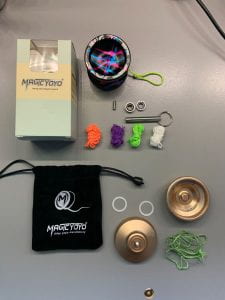
Research:
String Replacement: https://yoyotricks.com/yoyo-tricks/replacing-the-string/723/
Yoyo Progress
Yoyo New Tricks
World Yoyo Champion: https://www.gentrystein.com/shop
How to Have a Beautiful Mind: The Six Hats
The next section of de Bono’s book focused on the idea of ‘Six Hats’. The idea is that in any conversation, argument, or verbal communication there are ‘Six Hats’ in which we communicate with each other. It is a great idea to help you understand how conversations flow, and where our communication with each other can improve. Below I’ve analyzed a short conversation with my mentor regarding learning a new trick, see my quick summary and (___) for an understanding of how I’m breaking down our conversation.
Black Hat: Critical thinking and analysis (BKH)
White Hat: Information both fact and opinion (WH)
Red Hat: Emotions, feelings, and intuition (RH)
Yellow Hat: Seeks values, insight, and good ideas (YH)
Green Hat: Creative/productive, builds the conversation (GH)
Blue Hat: Organizes the conversation (BH)
*Note, this is two 15-year-old friends talking, and Nolan didn’t really want a video of him on my school blog so I transcribed it*
Mentor: Okay, these types of tricks are finger spins. (performs trick) That one specifically is a finger spin turned into another trick called DNA. (WH)
Me: (laughs) They really just name these tricks either the most obvious name or the most confusing one. (RH and GH)
Mentor: Don’t shoot the messenger. Anyways, these tricks are difficult because they’re considered grinds. (WH)
Me: So, since your finger is actively slowing down the yoyo with contact, and not free-spinning, you have to spin it super hard right? (GH and BKH)
Mentor: Yeah, it slows the yoyo down a lot, so you need more force than usual. Basically, whip the yoyo on a 90-degree angle, hop it up, and cushion the fall with your finger. We’ll worry about the second part later. For me, I felt the balance similar to spinning a basketball, so try and work off that feeling. (YH and BKH)
Me: Okay, Okay, thanks. (tries the trick and fails) (RH)
Mentor: See there you didn’t cushion it. Imagine ur catching a bowling ball, your finger has to come down with it. (BH and GH)
Me: But when I come down the string gets in the way too. How am I supposed to get the string out? (GH and BKH)
Mentor: It’s a blend of two hands. Pull up the string, get the slack out of the way, cushion the fall, and then balance. (WH)
Me: (Throws the yoyo into my bedframe due to throwing it too hard) Oh damn. (laughs) (RH)
Mentor: Nice one, but all you need is practice. (GH and RH)
This conversation was a great example of how multiple hats are used through communication. Breaking it apart was helpful, and helped me better understand how interactions with my mentor work.
